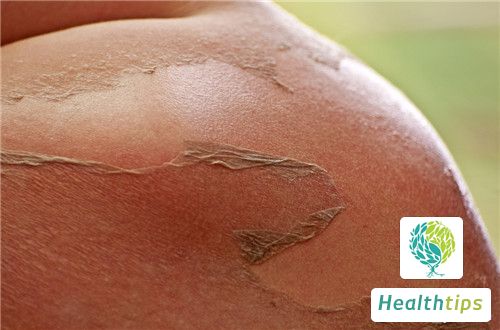How to Alleviate the Symptoms of Over-Exercising?
To alleviate the symptoms of over-exercise, the first step is to rest. However, rest is a passive recovery method. To recover faster, relaxation, massage, bathing, and other methods can also be employed. Relaxation is a very effective method, but it is important to master the correct techniques. Massage can promote blood circulation and increase local blood supply, thereby achieving the effect of eliminating fatigue. Additionally, nutritional supplementation and psychological recovery can also be helpful.

1. Relaxation
- Upper Body Relaxation: Stand upright with your legs naturally apart and slightly bent over, allowing your upper body to naturally lean forward and hang down. Repeatedly shake your shoulders and arms for about 1 minute until they feel warm. While shaking, you can also move your wrists and fingers for a better effect.
- Lower Body Relaxation: Lie on your back, raise your legs upward, and use your hands to pat and massage them. Slightly shake your thighs and calves with your toes, and also shake your hips, abdomen, and waist.
- Hugging Knees Motion: Maintain a squatting position, wrap your arms around your knees, and try to lower your head (preferably with your chin touching your chest) before lifting it again. Repeat this motion approximately 20 to 30 times. For a full-body recovery exercise, bend your knees, lean forward, and place your hands on the ground. Take deep breaths into your chest and then exhale deeply into your dantian (a point below the navel). Repeat this several times before slowly lifting your upper body, standing upright, and waiting until your pulse returns to normal.
2. Massage
Massage is a commonly used method for eliminating fatigue. It can not only promote the conversion between excitement and inhibition in the cerebral cortex, restoring normal neural regulation, but also improve blood circulation, enhance local blood supply, and eliminate fatigue. Local massage can be performed during or after training, also known as post-exercise massage, which can be considered as part of the recovery process. It should last for 10 to 15 minutes and is mainly used to eliminate muscle stiffness and local fatigue.
3. Bathing
A warm water bath (with a water temperature of 30 to 40°C) can stimulate vasodilation, promote metabolism and blood circulation, and facilitate the transport of nutrients and the excretion of metabolic waste within the body. It has a calming effect on heart activity and the nervous system, accelerating the elimination of fatigue. However, the duration of the warm water bath should not exceed 20 minutes to avoid increasing fatigue. Additionally, it is important to note that a warm water bath should not be taken immediately after exercise. Instead, one should rest for at least 40 minutes, waiting until the heart rate drops below 120 beats per minute and the body has calmed down before taking a bath.



















